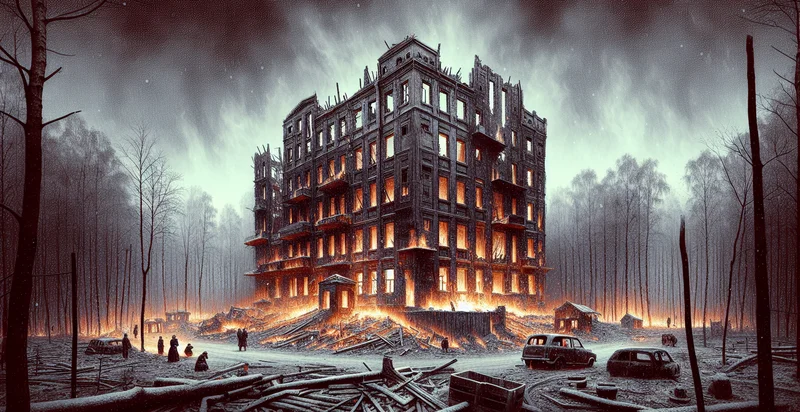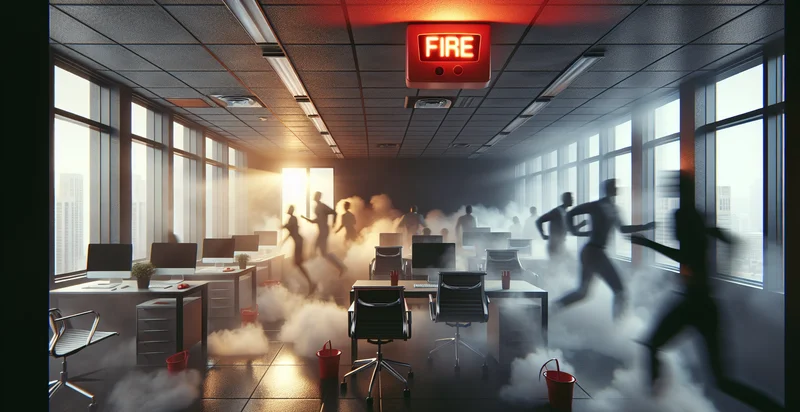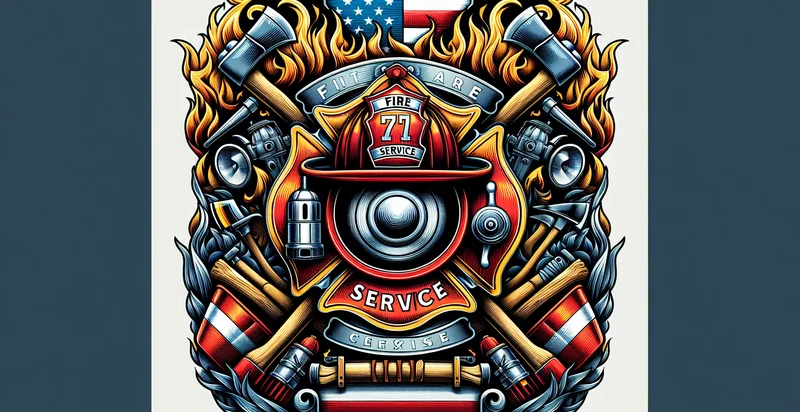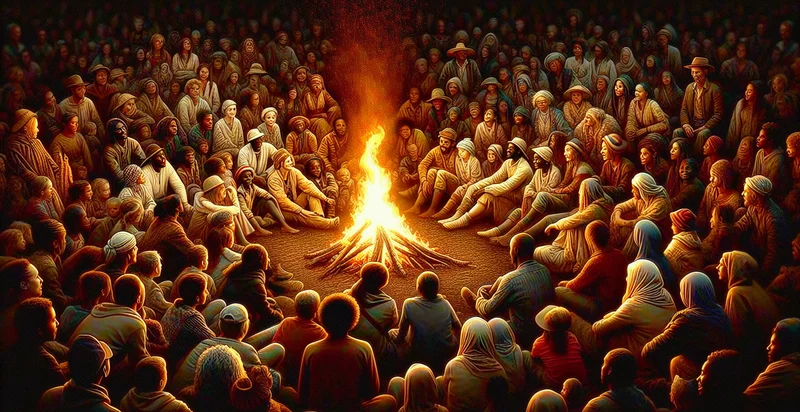Identify if structure survived fire
using AI
Below is a free classifier to identify if structure survived fire. Just upload your image, and our AI will predict if the structure survived the fire - in just seconds.

Contact us for API access
Or, use Nyckel to build highly-accurate custom classifiers in just minutes. No PhD required.
Get started
import nyckel
credentials = nyckel.Credentials("YOUR_CLIENT_ID", "YOUR_CLIENT_SECRET")
nyckel.invoke("if-structure-survived-fire-identifier", "your_image_url", credentials)
fetch('https://www.nyckel.com/v1/functions/if-structure-survived-fire-identifier/invoke', {
method: 'POST',
headers: {
'Authorization': 'Bearer ' + 'YOUR_BEARER_TOKEN',
'Content-Type': 'application/json',
},
body: JSON.stringify(
{"data": "your_image_url"}
)
})
.then(response => response.json())
.then(data => console.log(data));
curl -X POST \
-H "Content-Type: application/json" \
-H "Authorization: Bearer YOUR_BEARER_TOKEN" \
-d '{"data": "your_image_url"}' \
https://www.nyckel.com/v1/functions/if-structure-survived-fire-identifier/invoke
How this classifier works
To start, upload your image. Our AI tool will then predict if the structure survived the fire.
This pretrained image model uses a Nyckel-created dataset and has 2 labels, including Destroyed and Survived.
We'll also show a confidence score (the higher the number, the more confident the AI model is around if the structure survived the fire).
Whether you're just curious or building if structure survived fire detection into your application, we hope our classifier proves helpful.
Related Classifiers
Need to identify if structure survived fire at scale?
Get API or Zapier access to this classifier for free. It's perfect for:
- Fire Damage Assessment: Insurance companies can utilize the true image classification function to quickly assess buildings that have been involved in fires. This technology can evaluate whether a structure survived the fire, aiding in efficient claims processing and reducing the time and cost associated with manual inspections.
- Real Estate Valuation: Real estate appraisers can implement this function to determine the viability of structures that have experienced fire events. By knowing whether a structure survived, appraisers can provide more accurate valuations which can help investors make informed decisions regarding purchases or renovations.
- Emergency Response Planning: Fire departments and emergency response organizations can employ this classifier to analyze building conditions in disaster-stricken areas. By identifying which structures remain intact, responders can prioritize resources and plan effective evacuation strategies when battling wildfires or urban conflagrations.
- Urban Planning and Development: City planners can use the classification function to review the aftermath of fire incidents in urban areas. Understanding which buildings survived can inform zoning decisions, redevelopment efforts, and future fire prevention strategies to enhance community safety.
- Historical Preservation: Organizations dedicated to preserving historical structures can use the image classification technology to assess the impact of fire on heritage sites. This insight allows for targeted restoration efforts and funding applications focused on rebuilding and preserving significant buildings that have survived fire incidents.
- Construction and Building Standards Compliance: Construction firms and regulators can leverage the classification function to evaluate existing structures for compliance with current safety standards. This assessment helps determine if recent renovations after fire damage align with building codes and safety requirements.
- Training for Fire Investigation Experts: Fire investigation training programs can integrate the image classification function to provide real-world scenarios for trainees. By using actual images, learners can better understand how to assess structural integrity after a fire incident, improving their investigative skills and decision-making processes.


